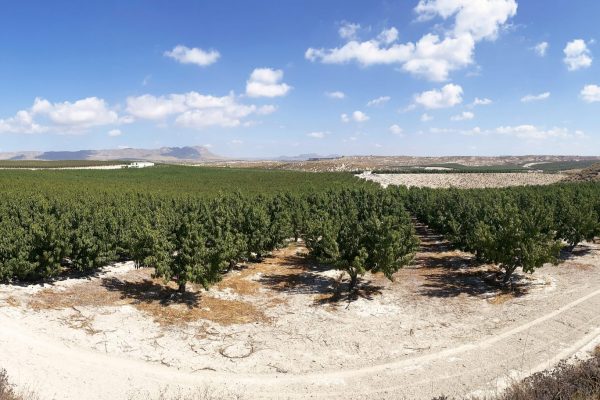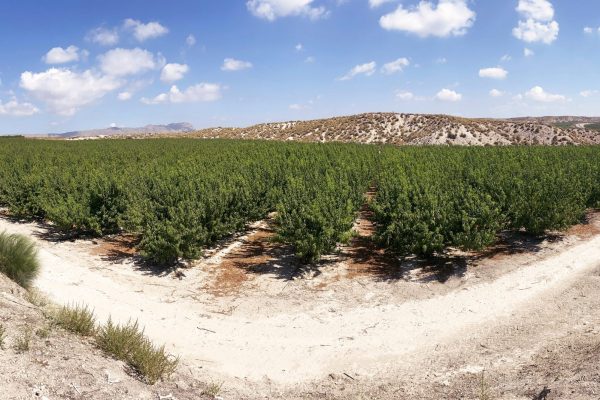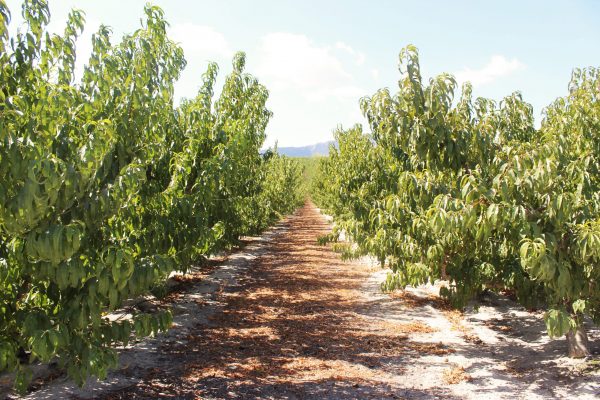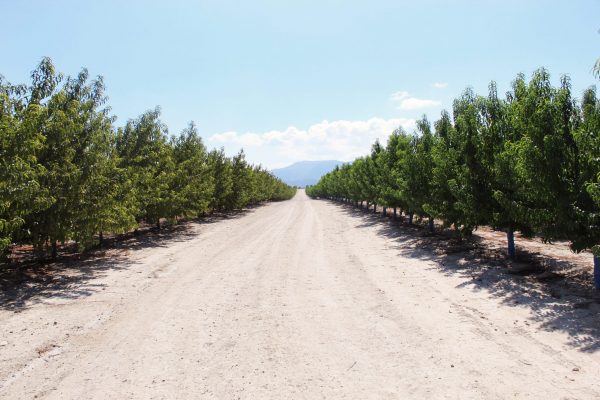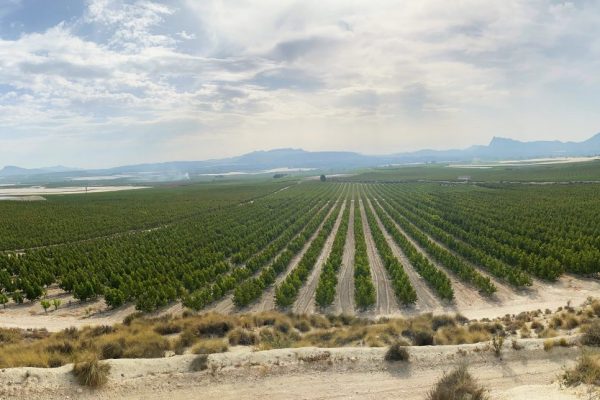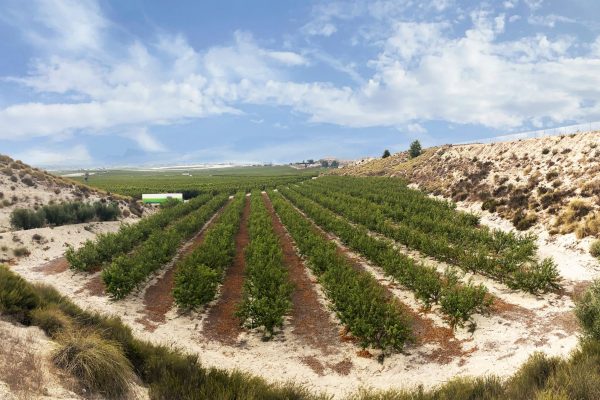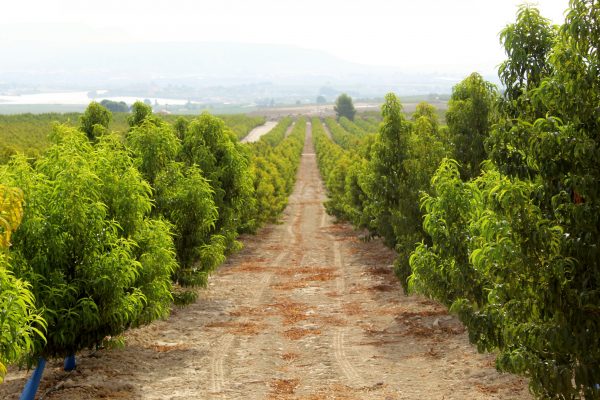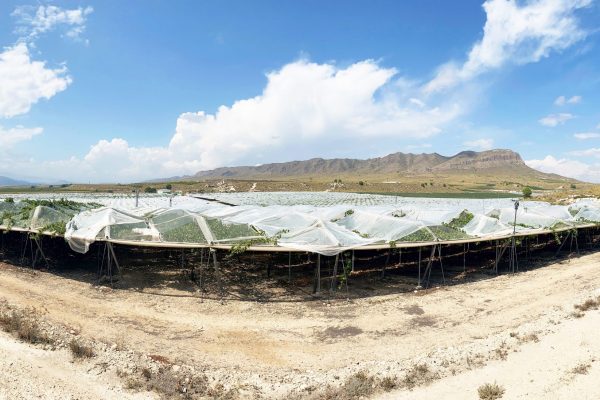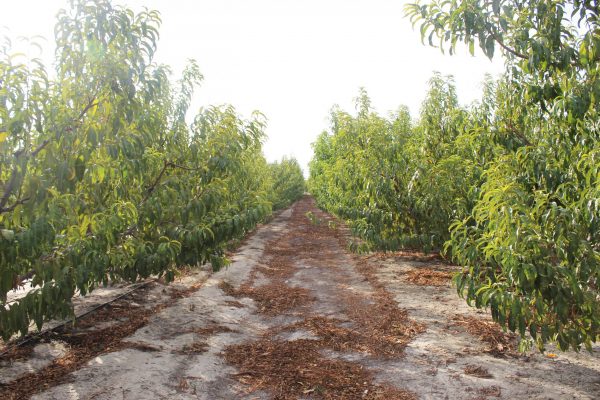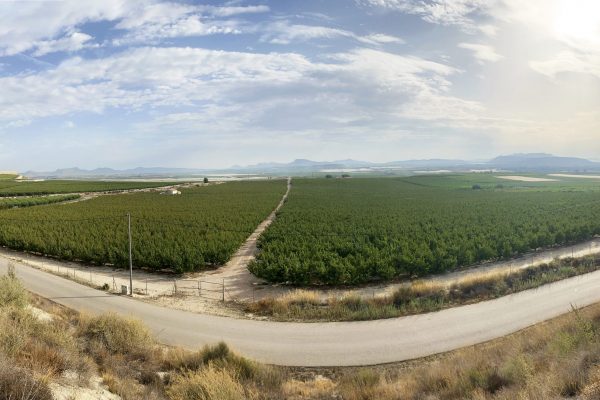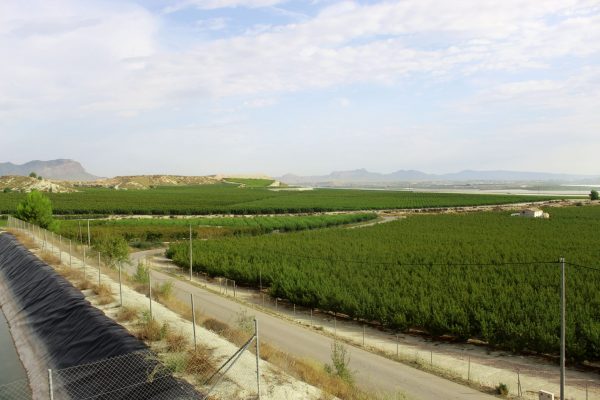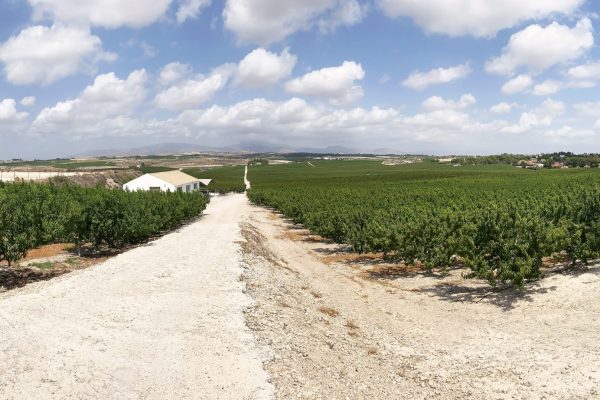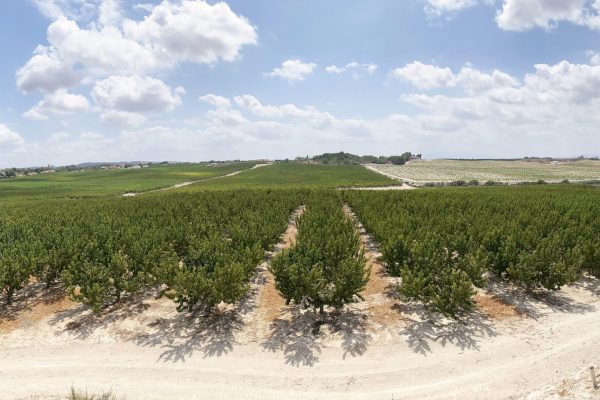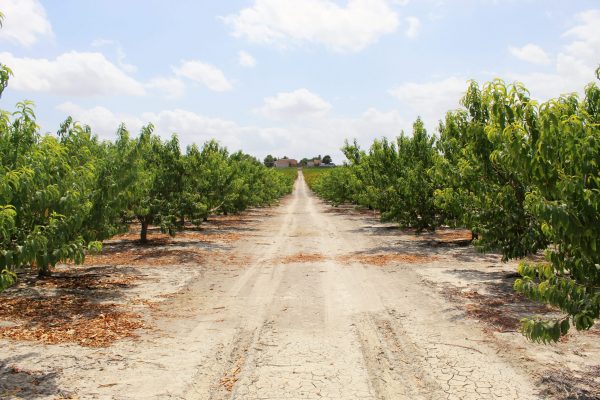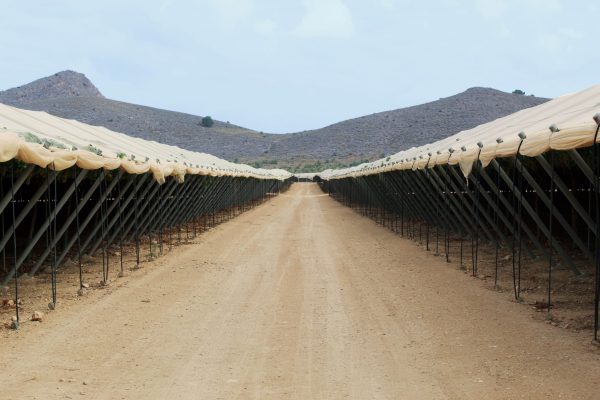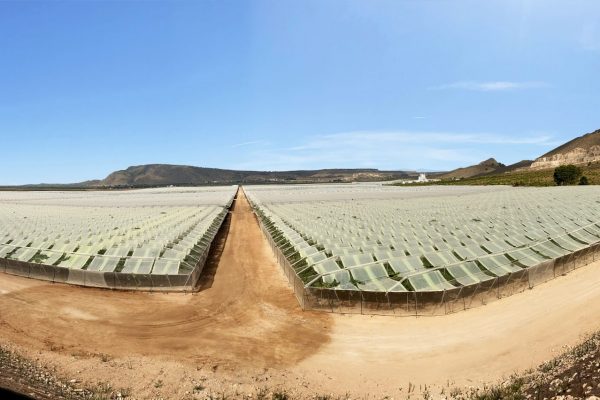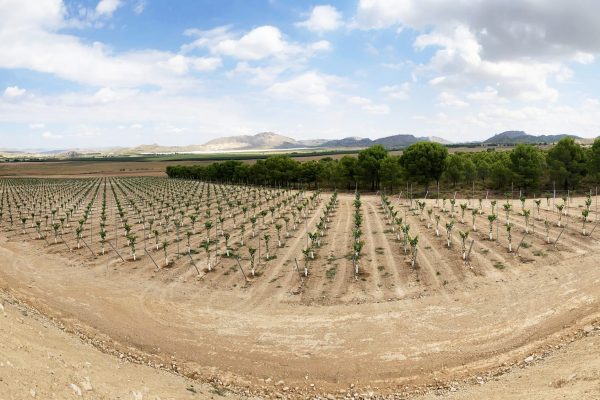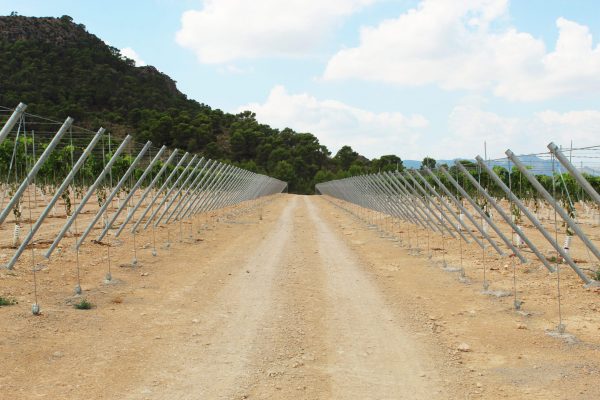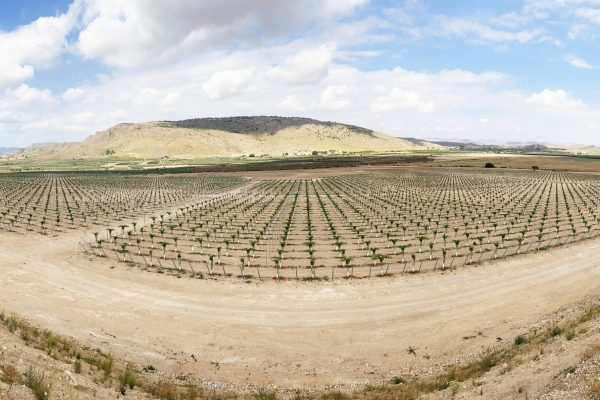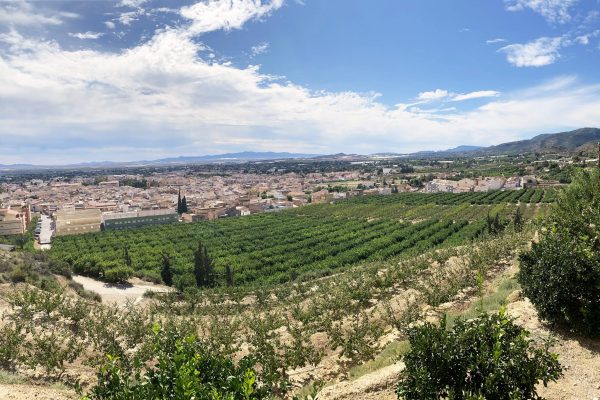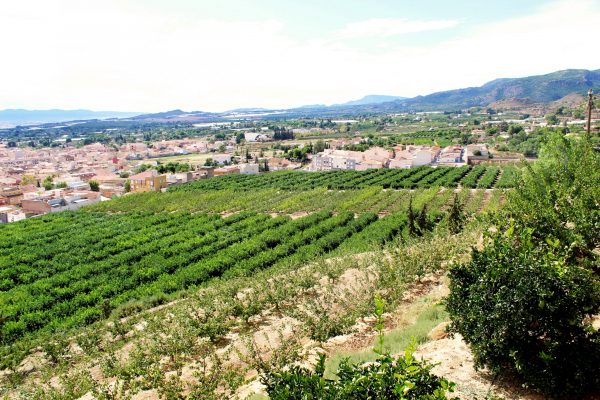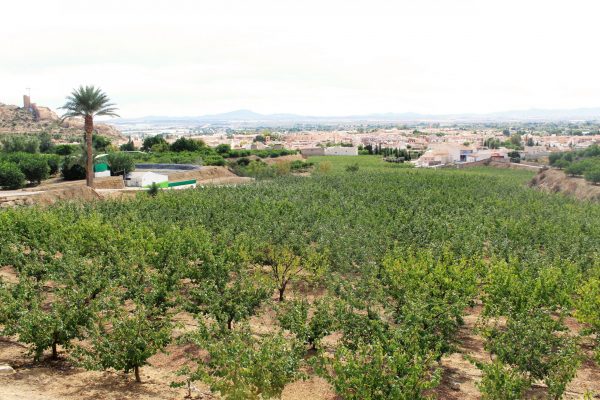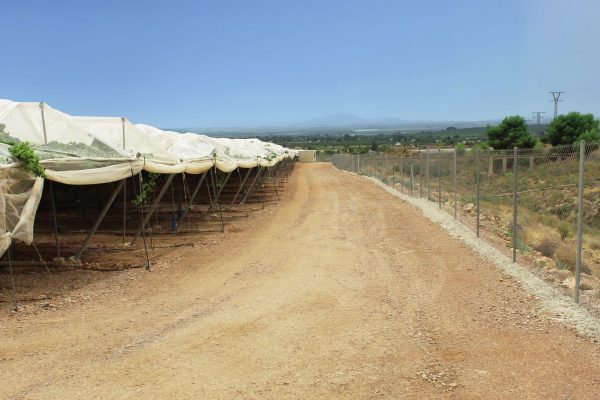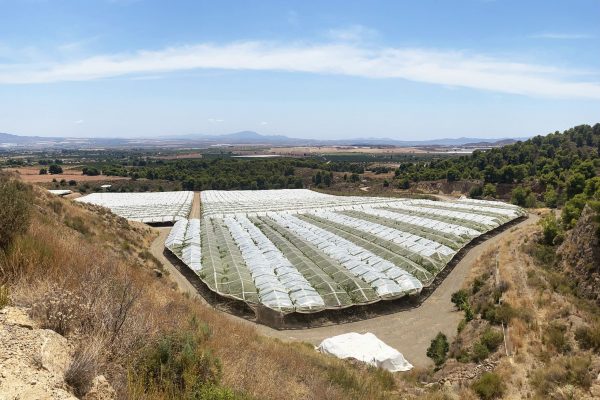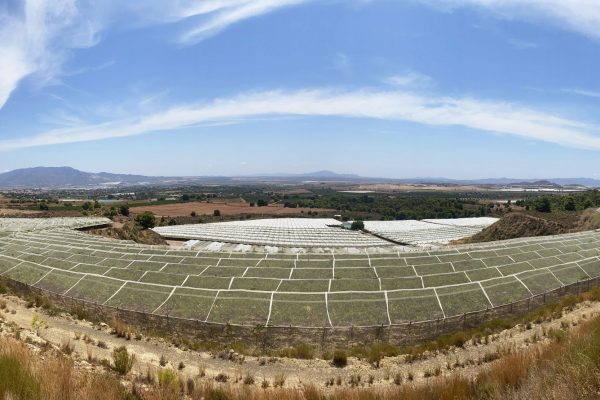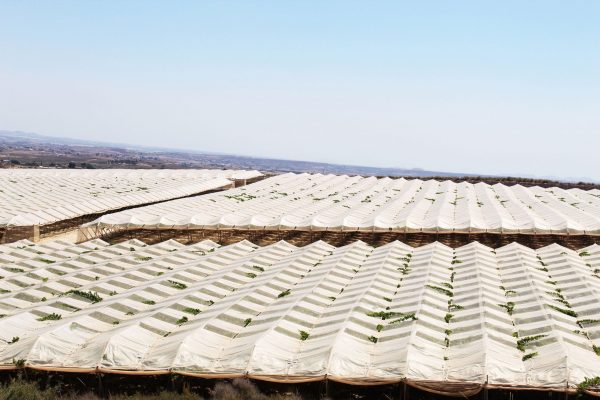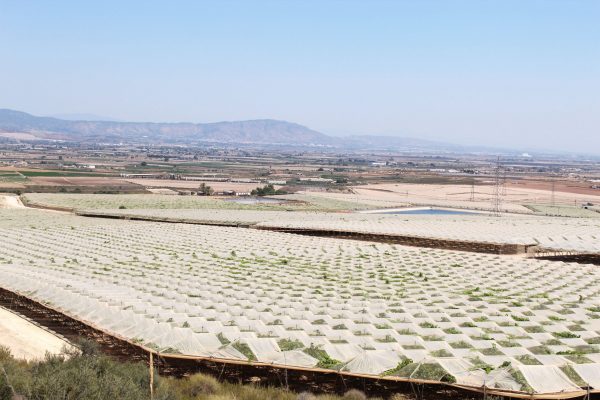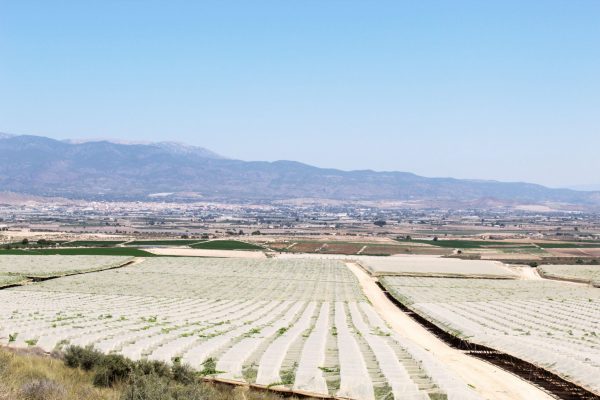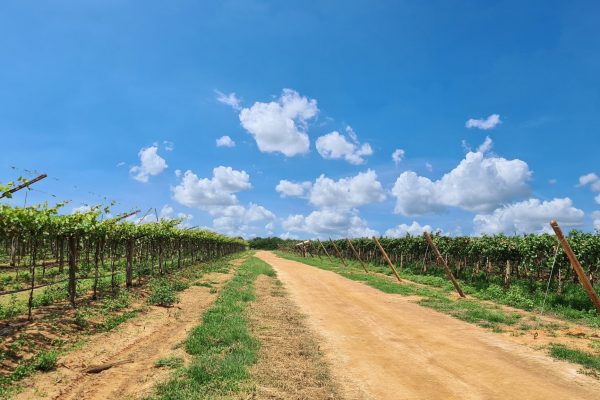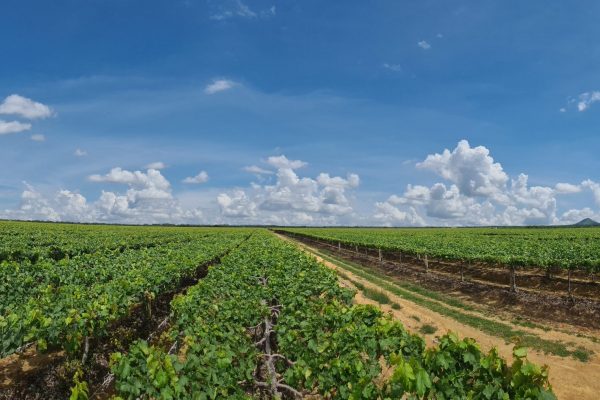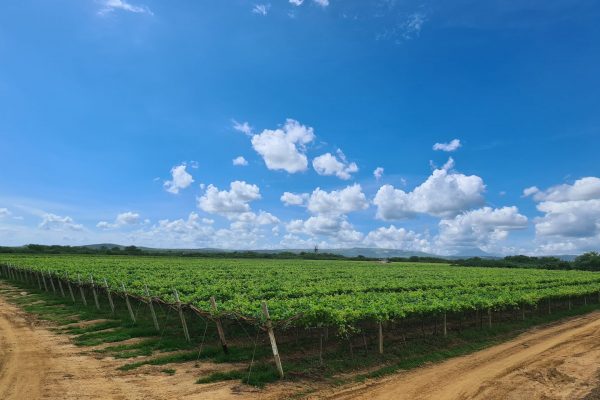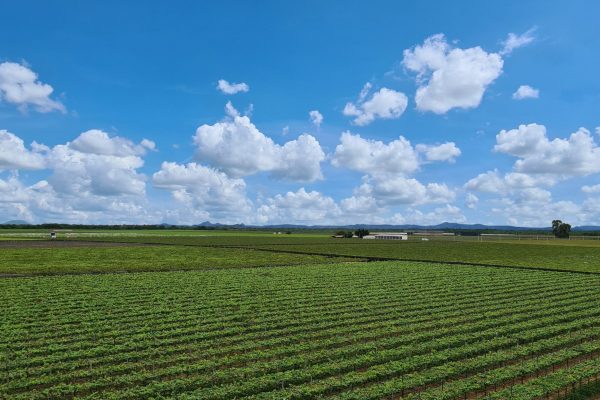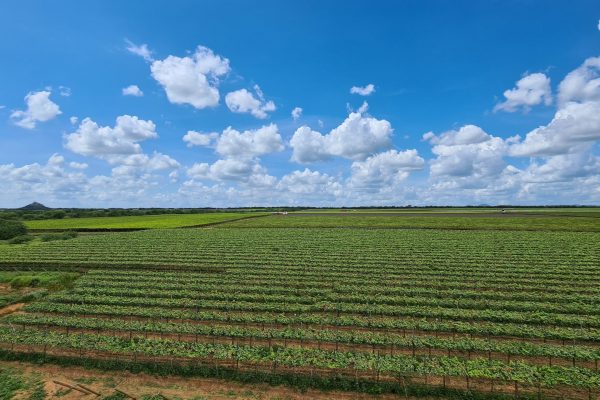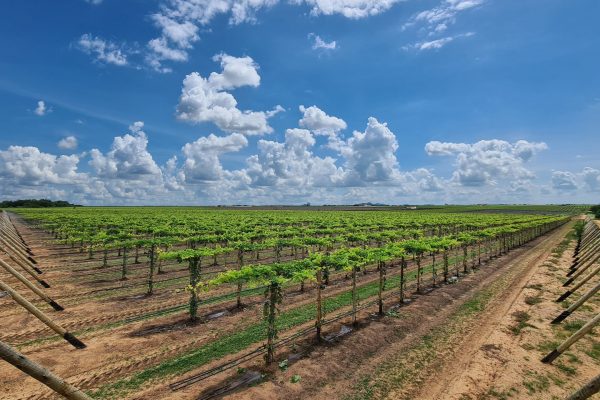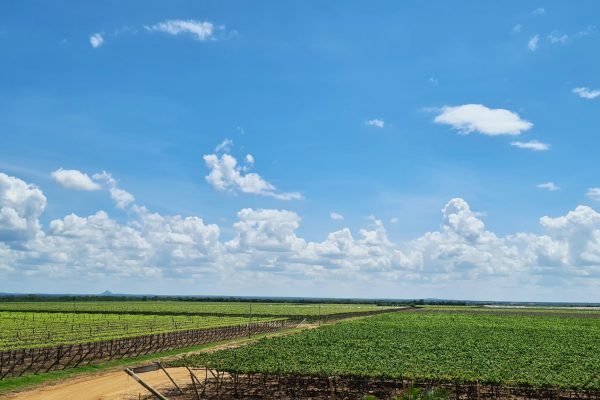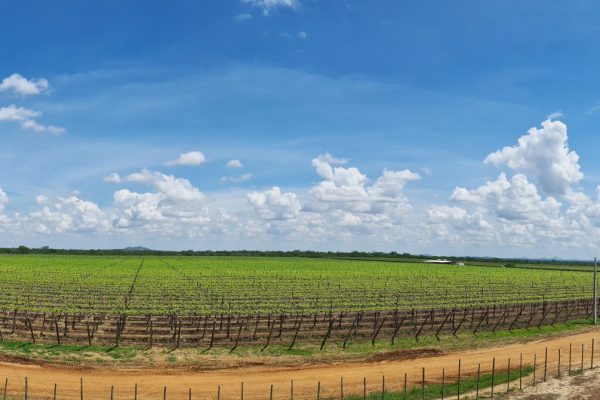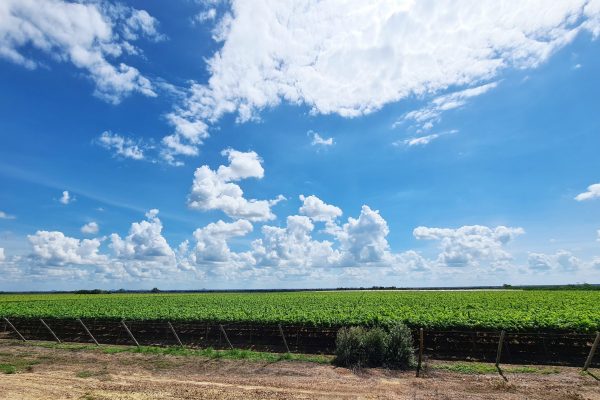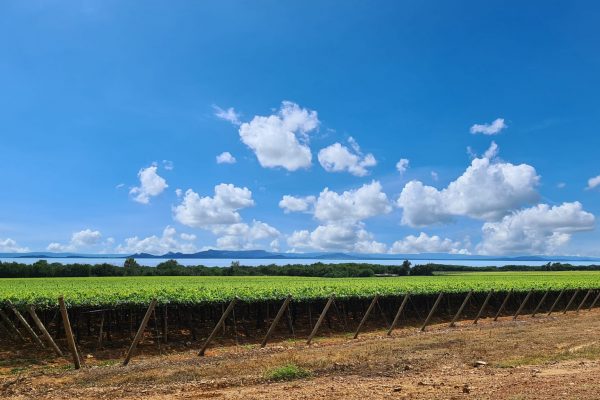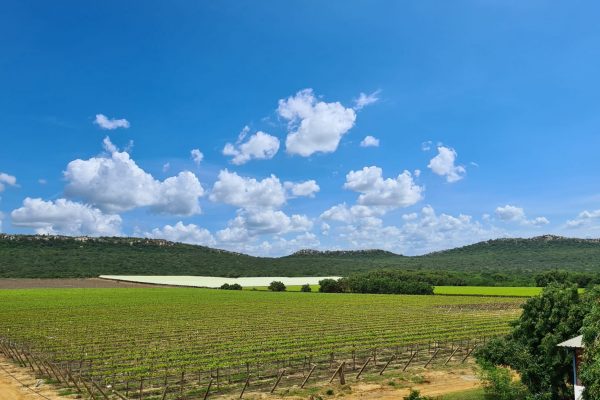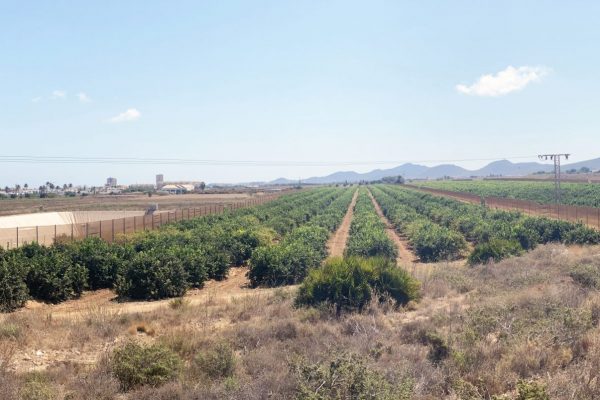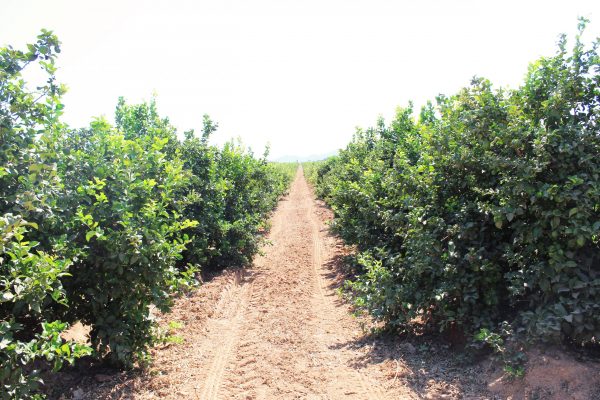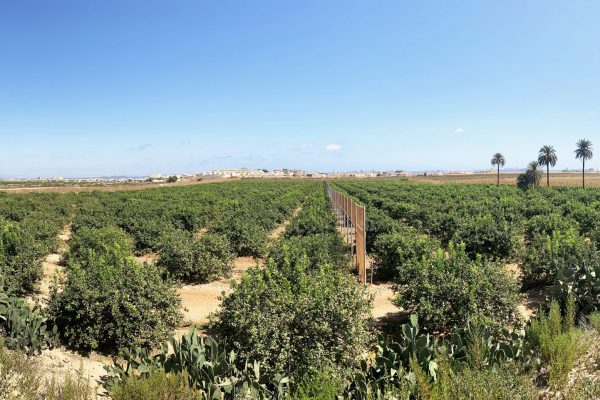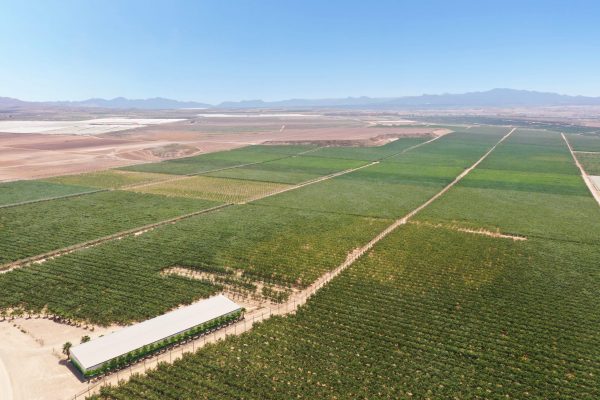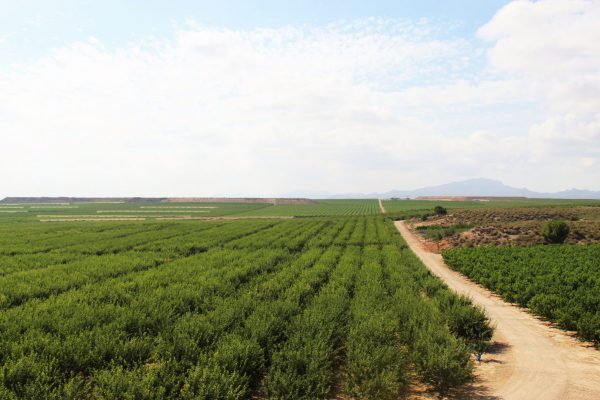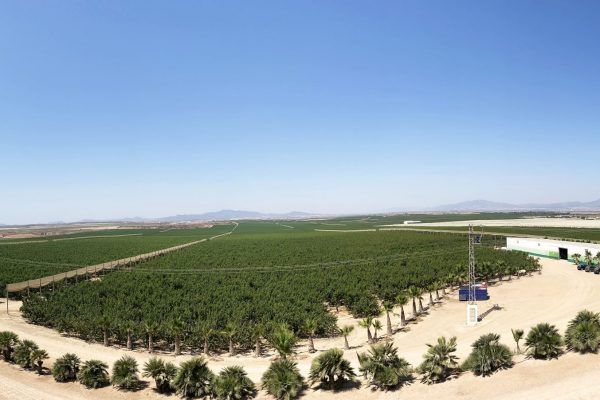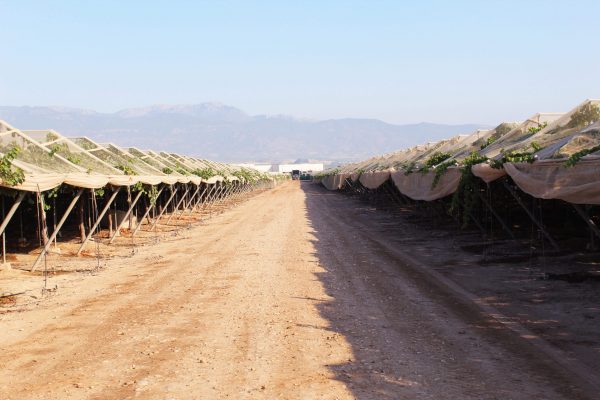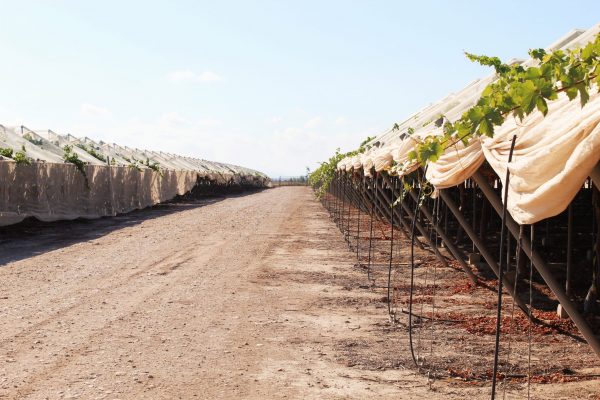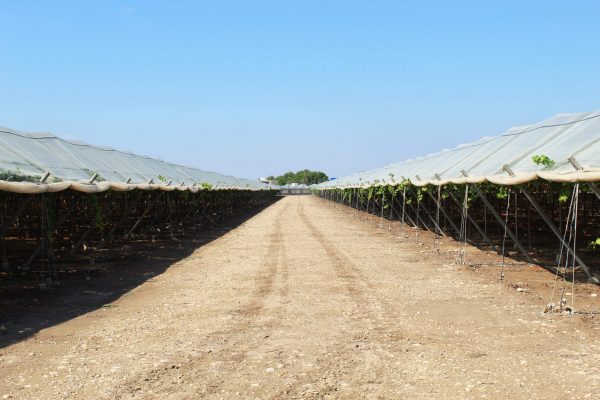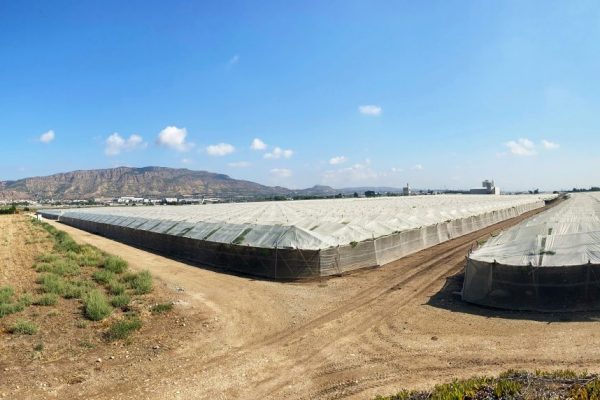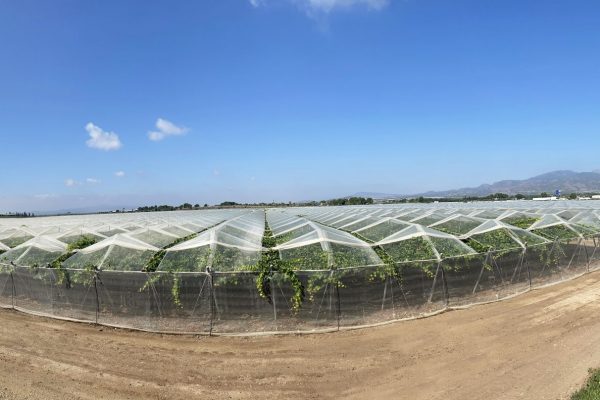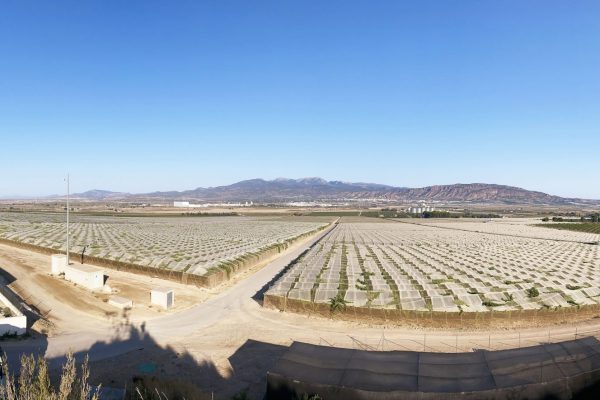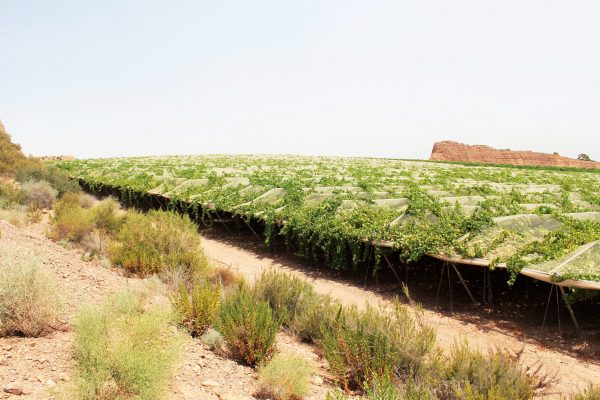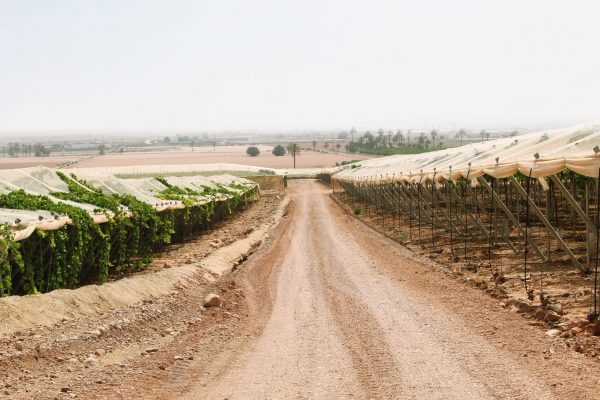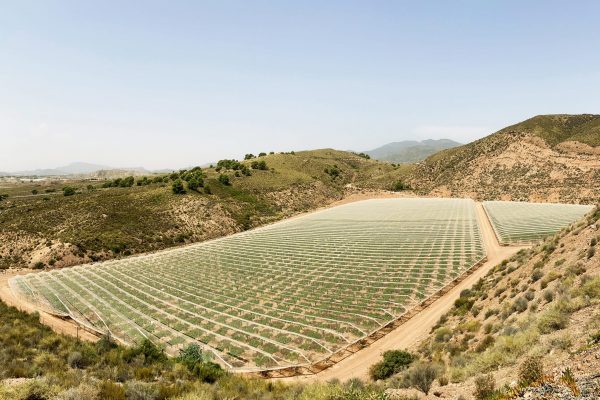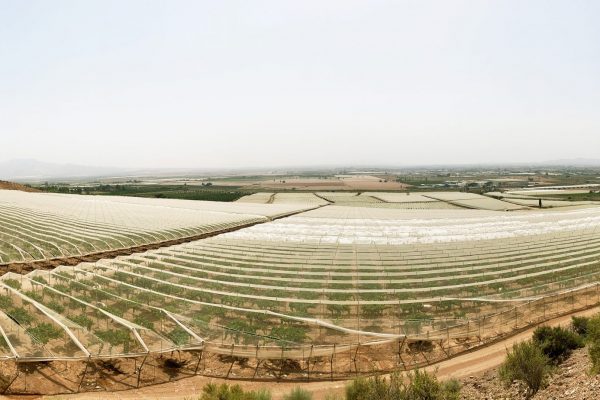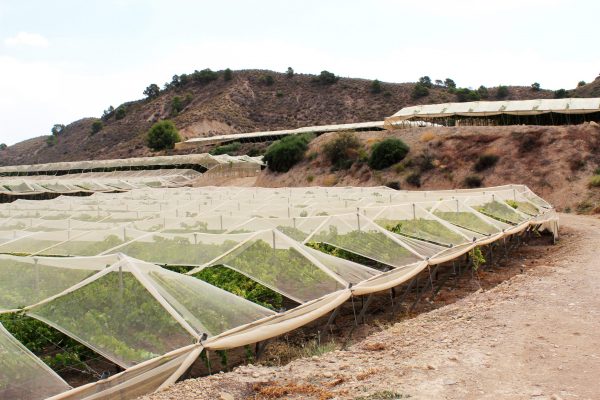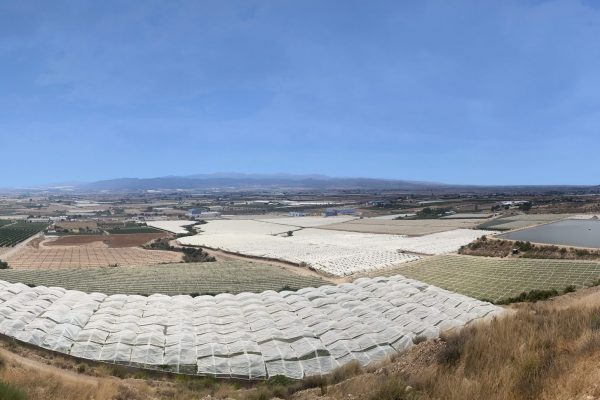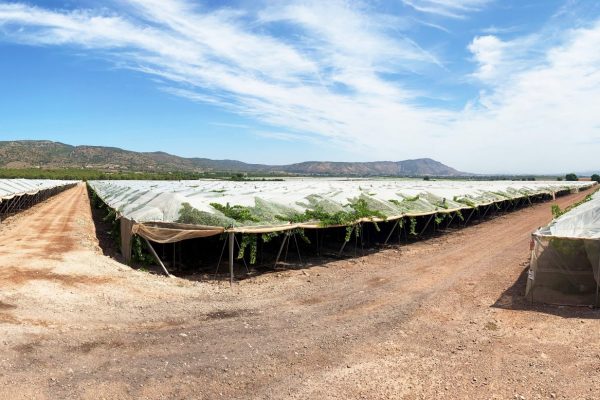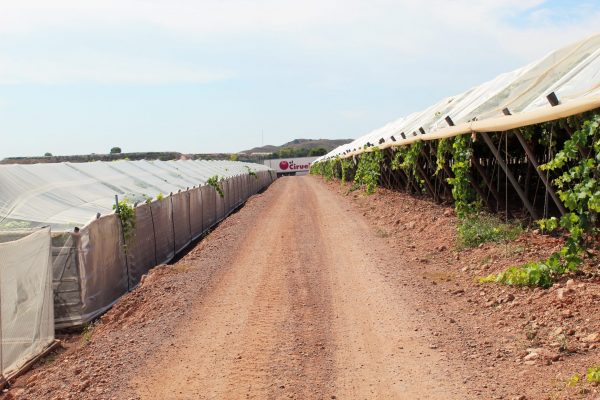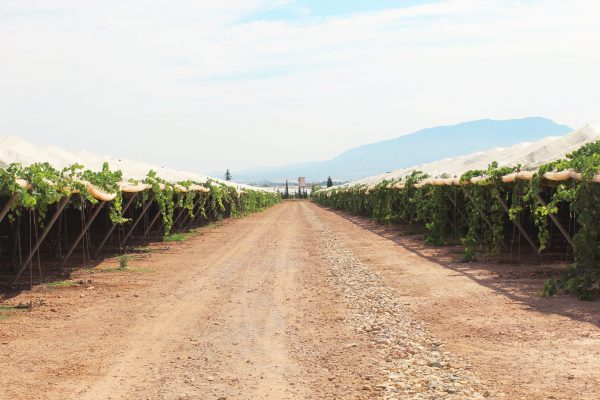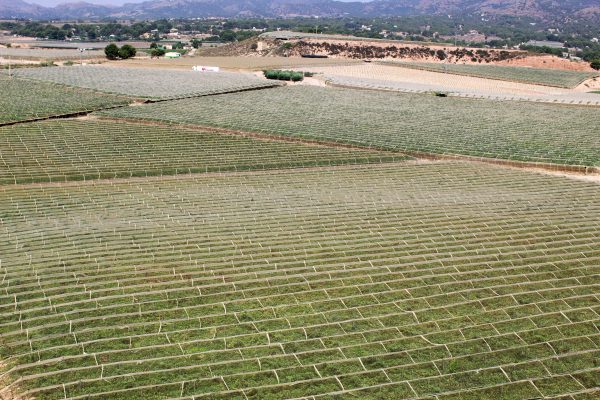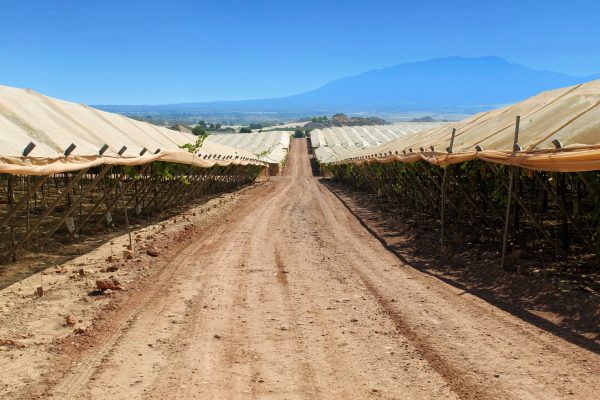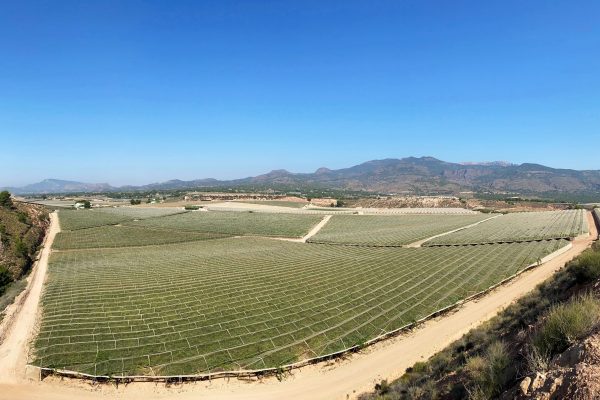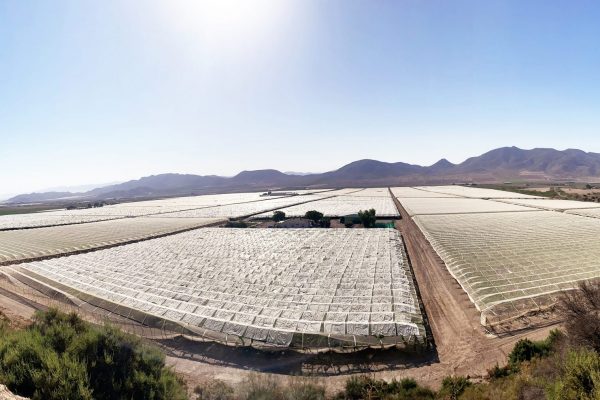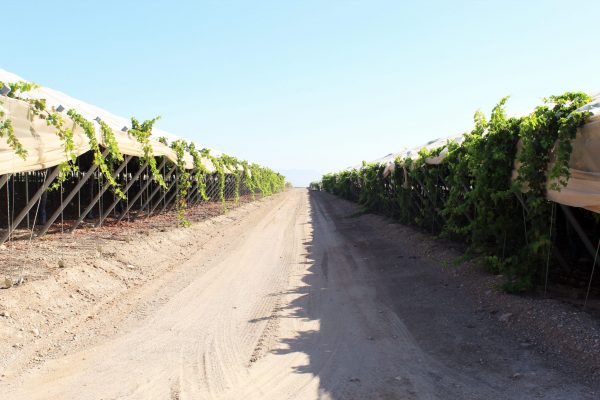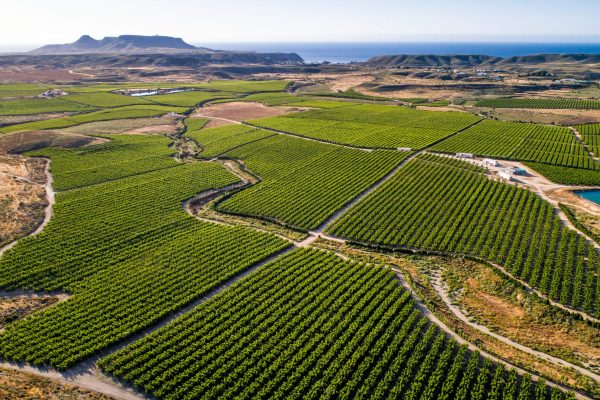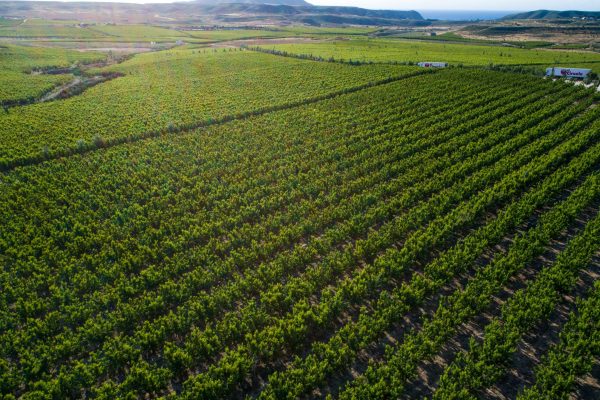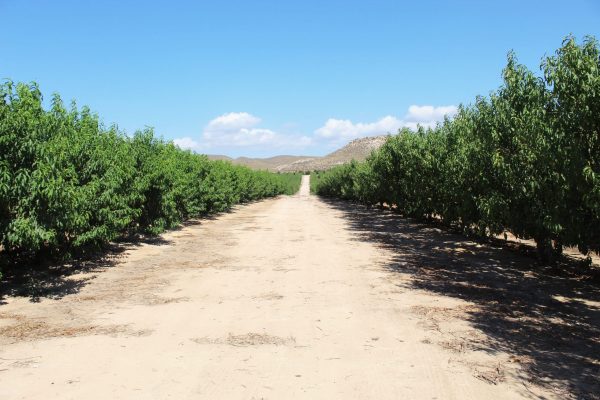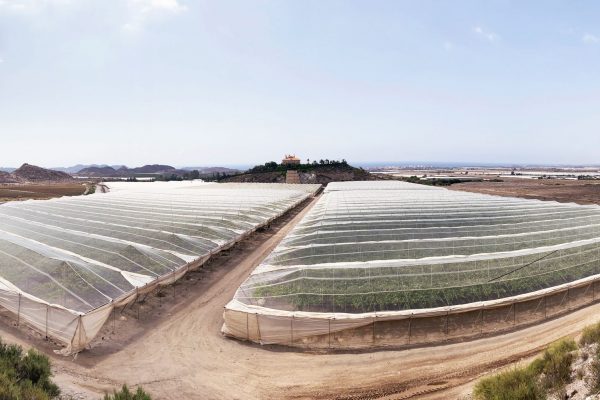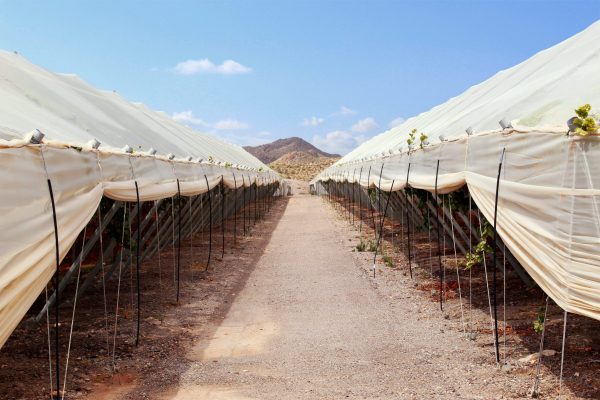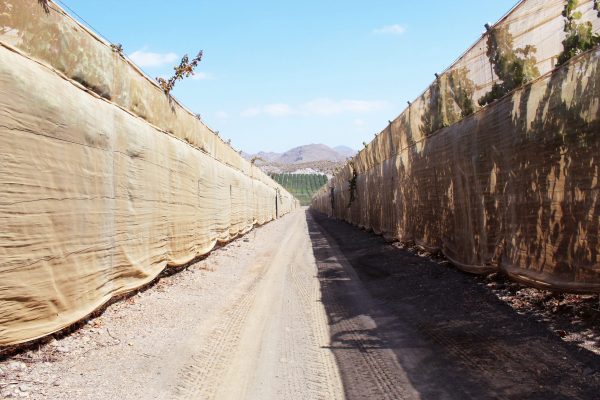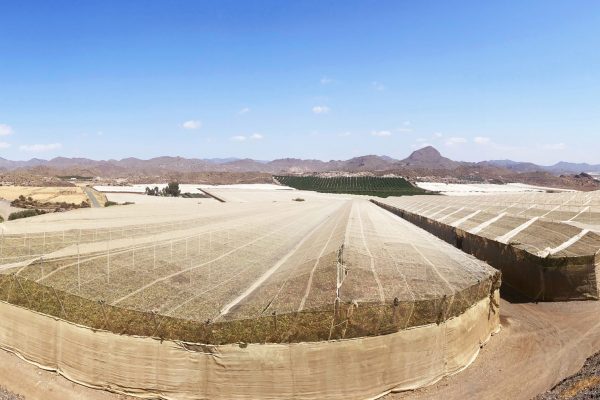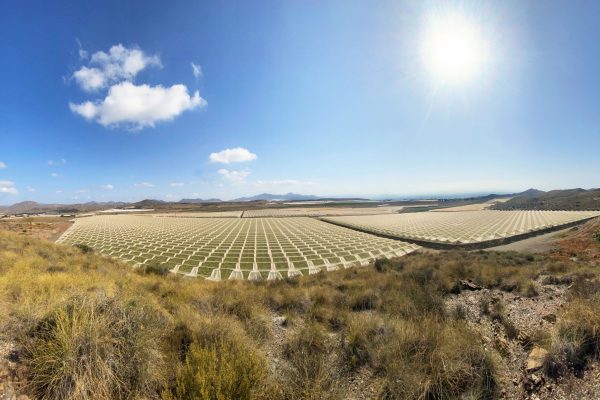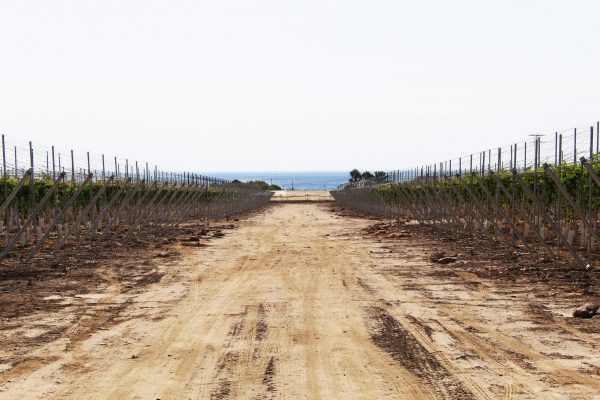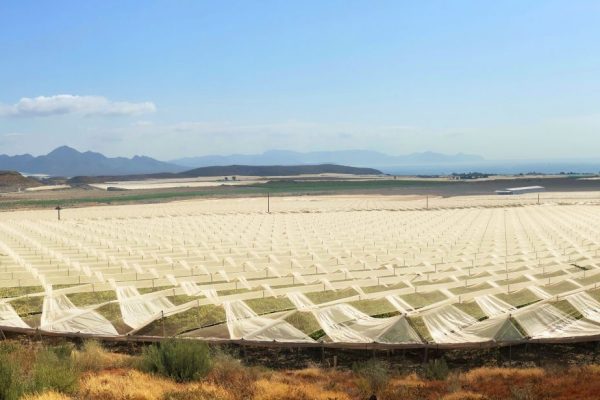We at El Ciruelo are committed to quality as well as our products’ sustainability. Additionally, we also like to innovate in order to find new solutions and provide new experiences for our customers. However, none of this would be possible if we did not know where the grapes we work with come from and their origins and history.
Just as with the great chefs, you will never innovate in the kitchen if you don’t understand the basics, where each dish comes from, so it is exactly the same when it comes to crops. We are very proud to count on a farming tradition of decades, which has allowed us to learn the history behind all of our products, and today we would like to share with you the history of grapes.
Grapes’ origins and their history to date
Nowadays, the fruit we know as grape, with more than 3000 different varieties and presented in bulging bunches, did not always look like this. Archaeological evidence suggests that grapes were originally grown in the mountainous areas of the Caucasus and Western Asia, and may have been a crucial foodstuff in the birth of agriculture as well as during the transition from the Palaeolithic (hunter-gatherer societies) to the Neolithic (producer, farming, livestock-raising and agricultural societies).
This kind of fruit, found in the form of wild fruit, may have been a species that served as part of our ancestors’ diet for thousands of years, and one of the first fruit species ever to become cultivated. Its importance for many ancient societies (3750 BC – 476 AD), such as the Sumerians, Akkadians, Egyptians, Greeks and Romans, is well known. During this period, grape cultivation spread all over the Mediterranean, including the Iberian Peninsula, alongside wheat and olives. Grapes became a great source of nutrients and the fruit from grapes became another crucial product: the wine. Grapes became a symbol of divinity, abundance and festivity during this period, such as we can see in divinities like Bacchus, the Roman god of wine; Dionysus, his Greek counterpart; or Gestin, the “mother vine” of wine for the Sumerians.
When the Middle Ages arrived (476-1492), grape cultivation was boosted in Europe, the Near East and North Africa. It was consumed both as a fruit (fresh or raisined, thus preserving it) and as wine, a consumption that spread throughout Europe and throughout a large part of Africa. One of the regions with the greatest grape production during the Middle Ages was Al-Andalus, where the religious alcohol restriction did not prevent the region from becoming not only one of the largest producers and exporters of wine of its time, also one of the major consumers. Meanwhile, throughout the peninsular Christian world there were small and medium-sized grape plantations which were owned by the monasteries and which often give rise to today’s denominations of origin.
At the arrival of the Modern Age (1492-1789), the colonisation of Asia, Africa, Oceania and America by Europeans also brought crops such as grapes, thus explaining the large plantations which are still in existence today in places such as California, large parts of Australia, Argentina, Chile and Uruguay. Jesuit priests and missionaries were the first ones to carry grapes to the Spanish territory in Mexico at the end of the 15th century. In 1522, just 30 years later, the House of Trade (Casa de la Contratación) at Seville decreed that “all ships going to America must carry grapevines” to encourage consumption and satisfy both Spanish and Native American demand.
Crops have been modernised and protected in various ways over the last 200 years. We would like to highlight the great progress made since 1800, when the grape crop began to be protected with glass walls and later plastic, designing what we now know as greenhouses, extending and protecting the grapes from the weather, favouring a much more abundant and healthier production.
Of course, it is worth mentioning the damage caused at the end of the 19th century by a parasite known as phylloxera, which directly attacked grape crops in Europe, and even threatened the future of all European crops in the space of 30 years. In the end, this was solved by encouraging resistant varieties, which introduced the vine in North America, from where it spread throughout the continent, but the attempt failed as a result of parasite attacks as well as diseases. As a result, by the end of the 19th century, vine cultivation in Europe suffered a huge shock after being infected by an American insect called phylloxera.
In 30 years the plague spread throughout the vineyards and they were almost on the point of disappearing, which forced the adoption of American vines resistant to the plague as a pattern for European vines, which resulted in resistant varieties, obtained by hybridising the two types of plants.
Today, grape cultivation is very widespread, and at El Ciruelo, we strive for sustainable, natural production with an unmistakable flavour, and we never stop working towards improving our grape production.

